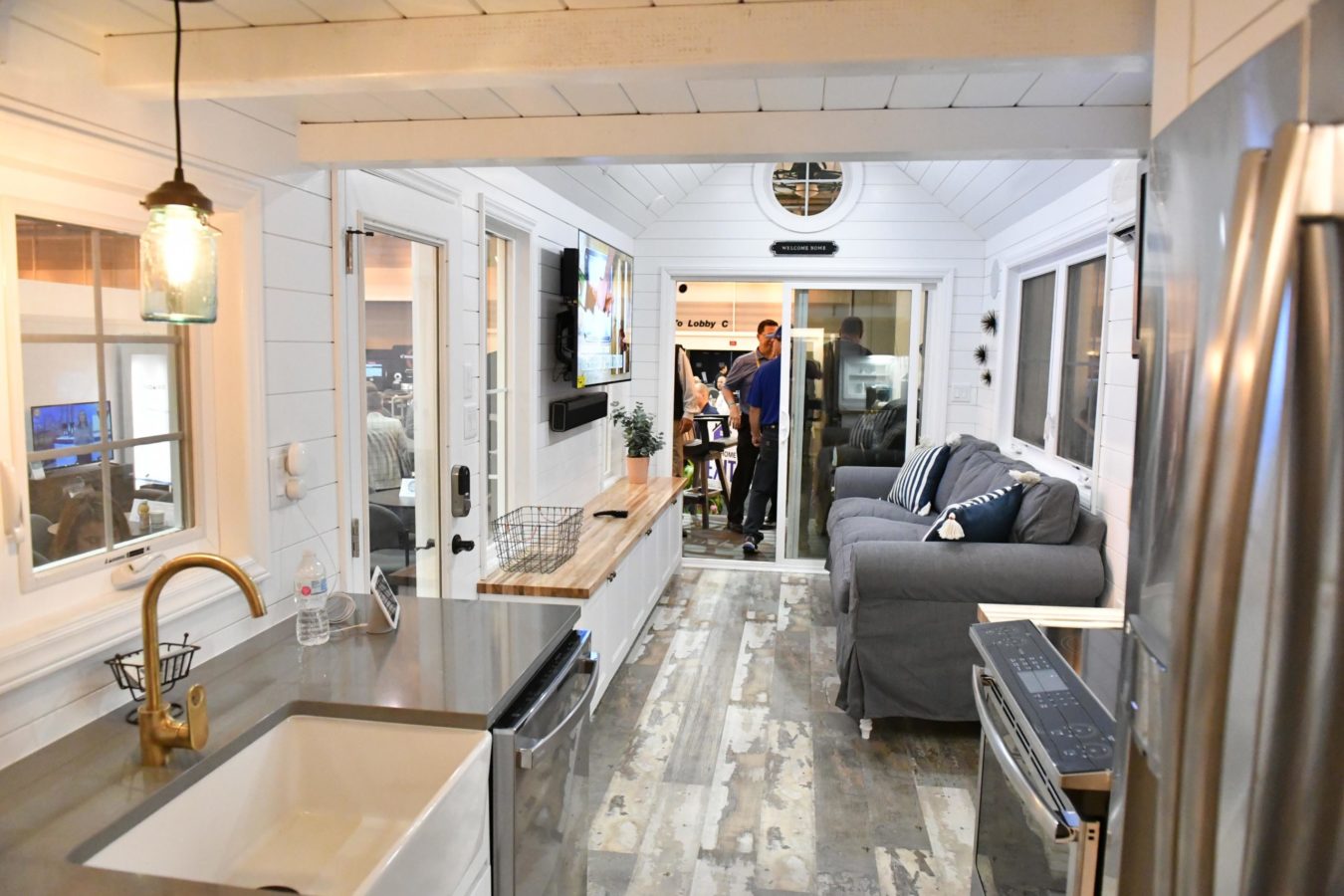At the beginning 2020, the prospect of exploding Smart Home product sales and the massive growth potential in the Connected Home category were the major headlines. Forecasts of strong double-digit growth led by voice-controlled devices seemed to be a sure thing. Those euphoric predictions were on the eve of the COVID-19 global pandemic, and as with all businesses in 2020, connected home categories have experienced ups and downs with new consumer behaviors.
Since early March, we have all been forced to evaluate our wants vs. our essential needs. What are the products or business services that are essential in helping us get through quarantine and stay at home orders? Anything else — those impulse “what I want” needs — would have to be put on pause as they could contribute to the spread of the virus. Specifically, for the Connected Home, some of those questions consumers are asking themselves including things like:
- I really want (but do I need) to have someone come install a smart thermostat now?
- I really want (but do I need) to upgrade my lightbulbs to connected smart bulbs?
- I really want (but do I need) to get a new computer to help my kids with e-learning while I work from home?
- I really want (but do I need) to improve my network speed to handle all extra video streaming in my house now?
- I really want (but do I need) to learn how to make bread, and what do I need to do it?
- I really want (but do I need) to get a freezer to store some extra food?
These are just a few examples of questions we are challenging ourselves with when contemplating the merit of our own needs-based decisions. And those needs are now defining the New Connected Home for retail.
If you think for a moment, it really all makes sense. When forced to stay home and hunker down during all the uncertainty, we’ve all asked ourselves, “What does my family need most?”
We needed to prepare for the possibility of food shortages and less frequent visits to the grocery store. We needed to hold on to the foundation that teaching our children still mattered — even if it was in a virtual classroom setting at the kitchen table. We needed to find new entertainment opportunities and reengage with old hobbies and passions. We all needed information on what is going on around us. Education, entertainment and security at home were all solidified as needs.
The devices and products that could satisfy those needs thrived early on in lockdown. Product categories that started off the year slow — personal computers, notebooks and tablets — saw double digit growth in the months following the shutdowns, according to market research firm IDC. Products like freezers and refrigerators that were viewed as essential for food storage saw unprecedented demand growth at over 30% in Q2, according to the Association of Home Appliance Manufacturers. Connected smart TVs also saw a resurgence in Q2 as more people watched, streamed and consumed content from just about any source. All of these consumer shifts are now shaping what the connected home may look like, and the need for retailers’ competence and willingness to service and support them.
Going back to the start of 2020, the connected home vision was centered around voice assistants (Google or Alexa), streaming devices like Chromecast, and a robust combination of security and lighting. It’s ironic how the computer, networking and Smart TV categories were all taken for granted in the Connected Home equation. But, perhaps because of COVID, consumers have quickly reminded us just how important these categories are to the connected home. The glitz and glamour of new “smart devices” with the latest can’t-live-without feature can’t outshine the essential categories within this space.
With the prospect of further stay and home orders, and at home e-learning already in place or on the horizon for most of the country, the New Connected Home will continue to be driven by the old categories. The New Connected Home will center around multiple computers, streaming on multiple TVs and other devices that help to improve in-home education, entertainment and security. Retailers that offer a complete and complementary assortment of these core categories — along with connected home peripherals that address these needs — in a shop at home, pick up in store environment will be well positioned to succeed.
This article was originally published in the September 2020 issue of Retail Observer.




